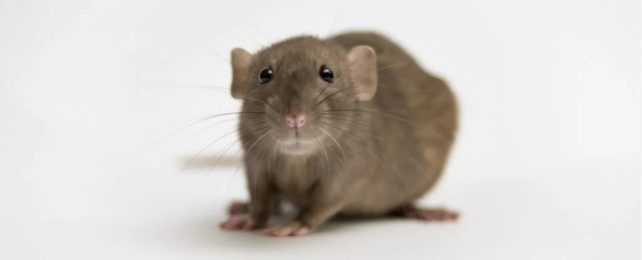The elixir of life remains the stuff of legend, but aging the young before their time may not be as far-fetched.
In a new experiment, young mice briefly experienced signs of old age when scientists infused them with the blood of older mice. A similar aging effect occurred when human cells were immersed in the plasma of older individuals.
The young mice – aged three months and all male – were given a blood transfusion from an older mouse, aged 22-24 months. The younger mice were then tested for muscle strength to see whether the old blood created the effect of tissue aging.
Compared to a control group (young mice who received a blood transfusion from another young mouse), the mice that received blood from an old mouse had "decreased maximal twitch force and significantly shorter rates of force development and relaxation during contractions", the researchers reported.
The mice were tested for their physical endurance on a treadmill at baseline and seven days after the blood infusion. (Mice that refused to run were stimulated by a puff of air that kept them running until they were exhausted.)
Mice that received old blood became fatigued faster and ran a shorter distance on the treadmill than the control group.
These mice also had biomarkers for kidney damage and evidence of liver aging.
When older mice were given younger blood in this experiment, lipids and fibrosis and fatigue declined and muscle endurance increased.
This last result mirrored an earlier study, conducted by the University of California in 2005, which showed that creating conjoined twins of young and old mice (and therefore sharing blood and organs) can reverse the signs of aging in the old mice.
"Using heterochronic blood exchange, we report a transfer of physiologic senescence from old to young mice," the researchers say. "This response is unrelated … to chronological age."
The researchers hypothesized that cells from older mice were releasing a 'senescence-associated secretory phenotype' (SASP) that promoted aging, like muscle weakness, loss of endurance, and tissue damage.
These senescent cells – old cells that have stopped reproducing but haven't been cleared from the body – could potentially affect nearby cells inside a younger individual, even without chronological aging occurring first.
The researchers also placed human kidney cells in plasma taken from people between 60 and 70 years of age and found multiple biomarkers of aging within six days of the experiment. These biomarkers were not found when the experiment was repeated using plasma taken from people aged 20 to 30.
Both experiments indicate that adjusting and modulating various factors, including SASP, could lead to new therapeutic strategies when it comes to having a longer life, the researchers conclude.
The research was published in Nature Metabolism.
